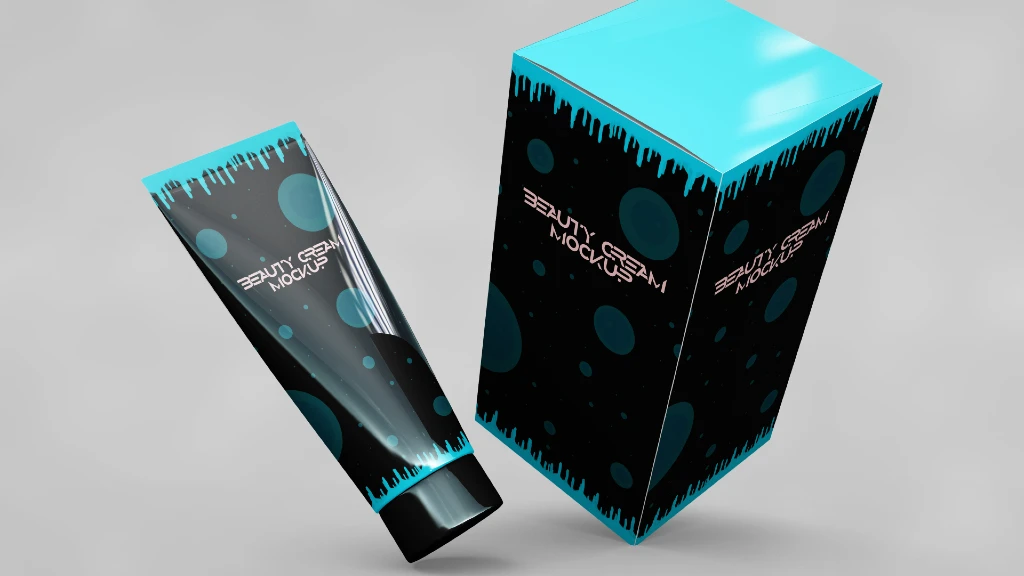Table of Contents
The Role of Packaging Design in Consumer Purchase Decisions
-
Pankaj Kumar
- No Comments

With countless products competing for shelf space, companies must find creative ways to stand out and entice customers to choose their products over others. One crucial aspect that plays a significant role in consumer purchase decisions is packaging design. The packaging design of a product goes beyond just a protective shell; it serves as a powerful tool to communicate the brand’s identity, capture attention, evoke emotions, and ultimately influence purchasing behaviour.
Capturing Attention: The First Impression
In a cluttered retail environment, a product has only a few seconds to catch a consumer’s eye and make a lasting impression. Packaging design plays a pivotal role in this critical first step. Bold colors, unique shapes, and compelling graphics are all elements that can help a product stand out on the shelves. Whether it’s a product’s sleek and minimalist packaging or its vibrant and playful design, a visually appealing package can create an instant connection with the consumer, sparking interest and curiosity.
Communicating Brand Identity and Values
Packaging serves as a tangible representation of a brand’s identity and values. It acts as a silent communicator, telling consumers what the brand stands for, its quality, and its target audience. For example, eco-friendly brands often use sustainable materials and earthy tones to convey their commitment to the environment. On the other hand, luxury brands may opt for premium materials, elegant fonts, and sophisticated designs to portray exclusivity and opulence. The packaging design helps establish an emotional connection with the consumer, aligning their values with the brand’s and increasing the likelihood of a purchase.
Building Consumer Trust and Confidence
Packaging design can play a pivotal role in building consumer trust and confidence in a product. Consumers associate well-designed and sturdy packaging with product quality and safety. A package that is easy to open, secure, and ensures the product’s integrity is more likely to create positive impressions. On the other hand, poorly designed or flimsy packaging can raise doubts about the product’s quality, leading consumers to look for alternatives.
Creating a Memorable Experience
Unforgettable packaging design can leave a lasting impression on consumers, making them more likely to recall the brand when they need the product again. Clever use of branding elements, memorable logos, or a unique unboxing experience can make the product feel special and create a sense of loyalty among consumers. Social media platforms have amplified the significance of packaging design in creating shareable moments, with consumers sharing unboxing experiences, leading to free and authentic brand promotion.
Influencing Emotional Decision-Making
Research has shown that consumers often make purchase decisions based on emotions rather than rational thinking. Packaging design has the potential to evoke strong emotions, making consumers more inclined to buy a product. For example, bright and cheerful packaging can trigger positive emotions, while nostalgic packaging can tap into consumers’ sentimental feelings. Packaging that portrays user scenarios or lifestyle imagery can also help consumers envision themselves using the product, increasing the chances of purchase.
Differentiating from Competitors
Packaging design is a powerful tool for differentiation in a crowded market. When multiple products offer similar features and benefits, a well-executed packaging design can be the differentiating factor. A distinctive packaging design helps a product create its own identity, separate from competitors, and resonate with its target audience. By standing out from the competition, a product can attract attention and drive more sales.
Adapting to Changing Consumer Preferences
Consumer preferences and trends are continually evolving, and packaging design must keep pace. Brands that can adapt their packaging design to meet changing consumer expectations are more likely to stay relevant and successful. Whether it’s incorporating sustainable materials, adopting minimalist design trends, or embracing personalization, staying attuned to consumer
